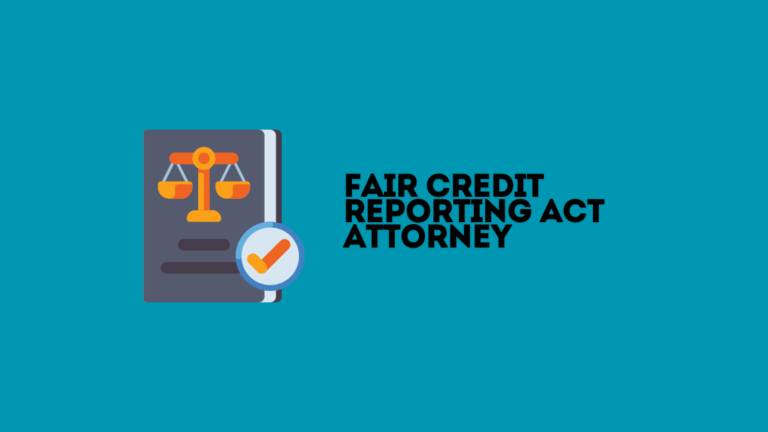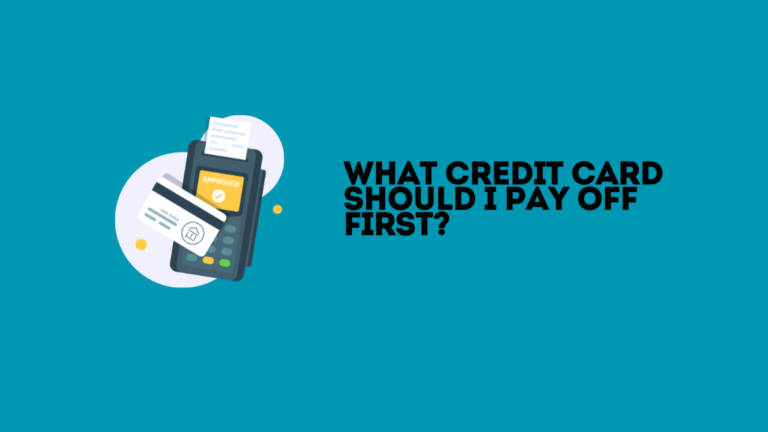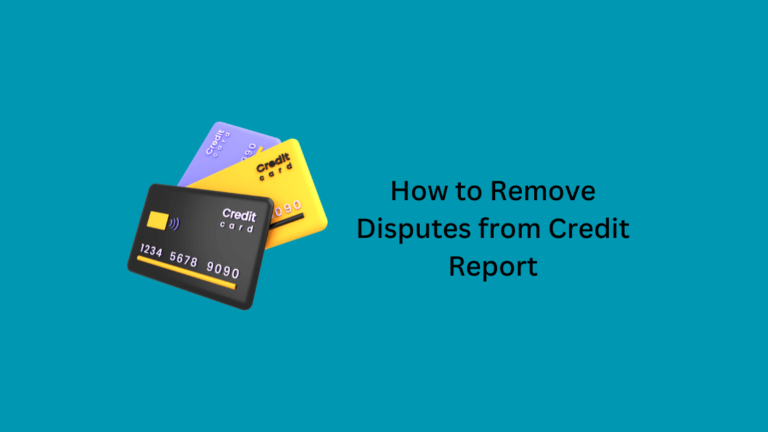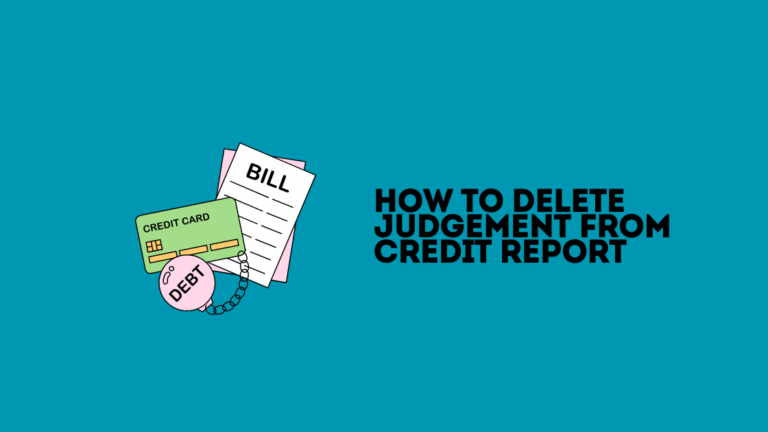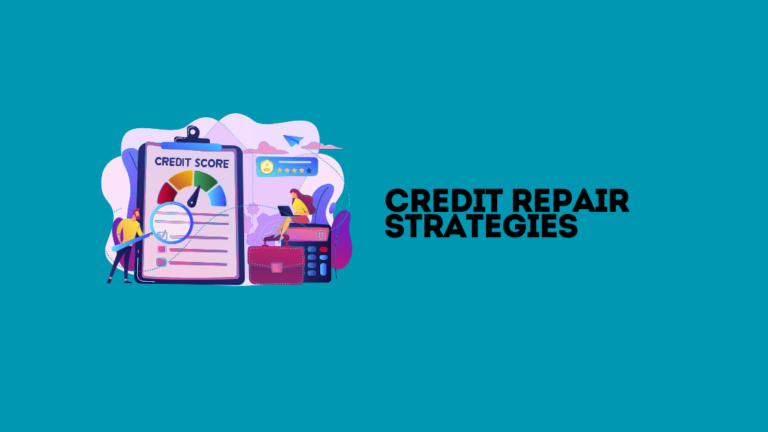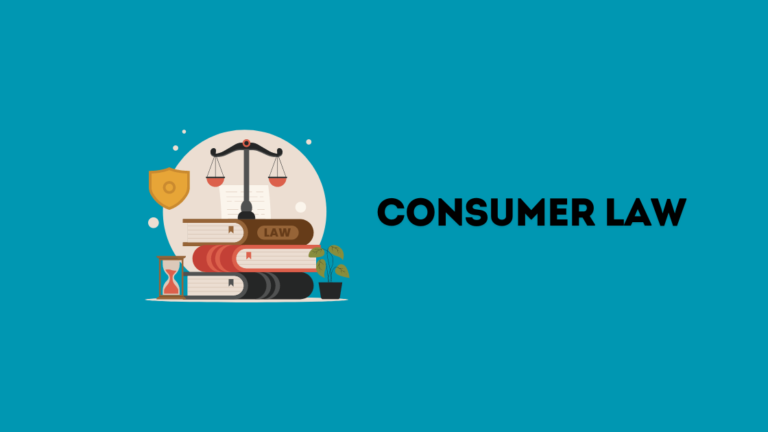Negative Credit Report: 5 Steps to Repair Your Score
A negative credit report shows missed payments, defaults, or high credit utilization. It can significantly impact your financial health.
A negative credit report can have lasting consequences on your financial stability. It often includes details like late payments, loan defaults, and high credit utilization, which lower your credit score. This makes it harder to secure loans, rent apartments, or even get favorable insurance rates.
Improving your credit score involves timely payments, reducing debt, and periodically reviewing your credit report for errors. Addressing these issues can help rebuild your creditworthiness over time. Understanding how a negative credit report affects your financial life is crucial for maintaining good credit health. Taking proactive steps can mitigate its impact and improve your financial future.
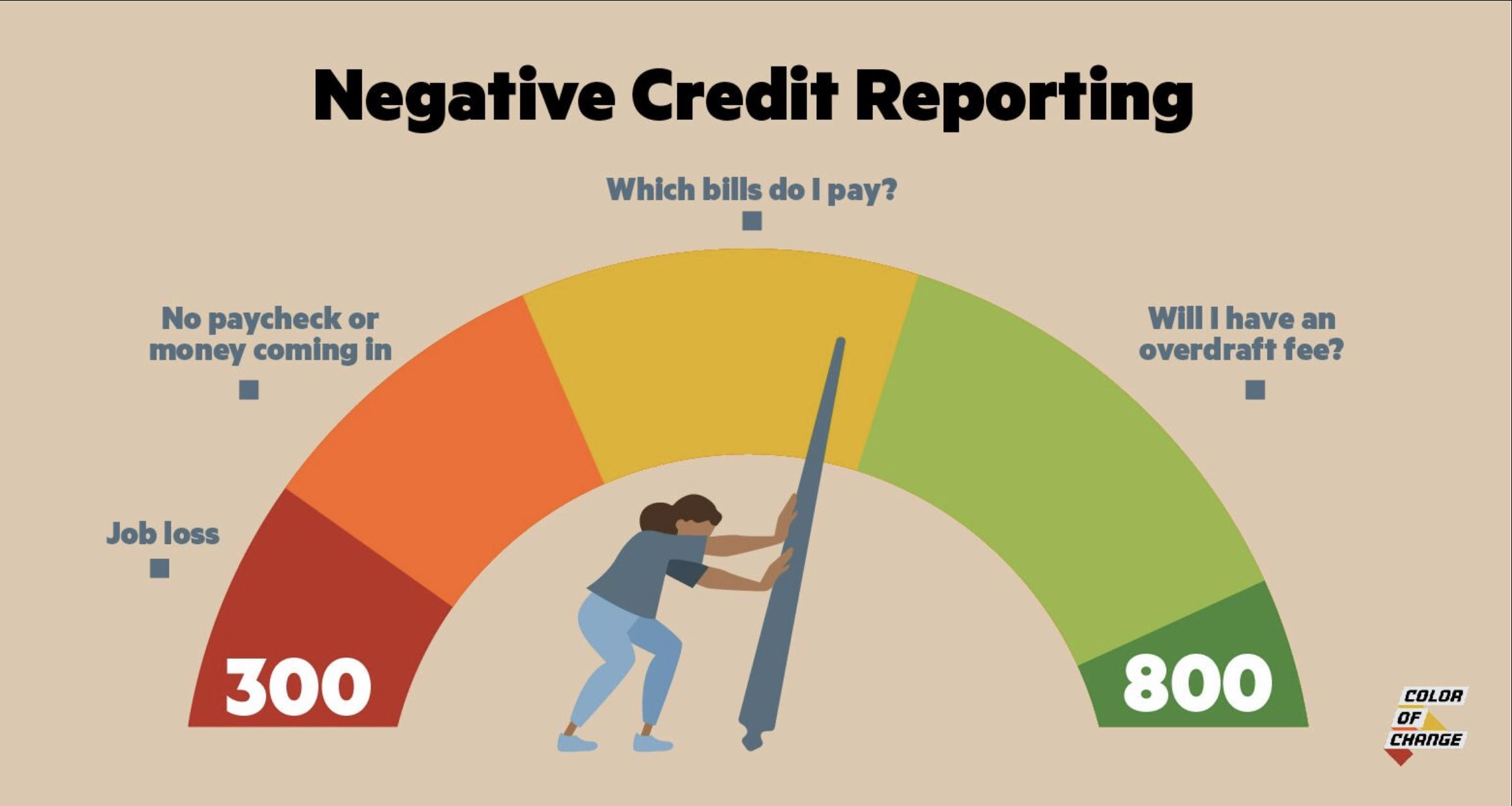
Credit: act.colorofchange.org
The Impact Of A Negative Credit Report
A negative credit report can affect many aspects of your financial life. It can make borrowing money harder and more expensive. This section explores the major impacts.
Consequences Of Borrowing Power
A negative credit report can reduce your borrowing power. Lenders may see you as a risky borrower. They might deny your loan applications.
Even if approved, you might get less favorable terms. These terms include lower loan amounts and stricter repayment schedules.
Higher Interest Rates And Insurance Premiums
With a negative credit report, expect higher interest rates. Lenders charge more to cover the risk. This applies to personal loans, mortgages, and credit cards.
Insurance companies also check credit reports. They may charge higher premiums if your report is negative. This affects auto, home, and life insurance rates.
| Aspect | Impact |
|---|---|
| Borrowing Power | Reduced loan amounts, stricter terms |
| Interest Rates | Higher rates on loans and credit cards |
| Insurance Premiums | Higher costs for various insurance types |
Step 1: Obtain And Review Your Credit Report
Understanding your credit report is crucial for managing your finances. The first step is to obtain and review your credit report. This helps you spot any errors and take action to fix them.
Securing Your Free Annual Credit Reports
Each year, you can get a free credit report from each of the three major credit bureaus: Experian, Equifax, and TransUnion. Visit the official website, AnnualCreditReport.com, to request your reports.
- Go to the website.
- Fill out the request form.
- Choose the bureau from which you want the report.
You can download or receive a mailed copy. Be sure to store it safely.
Identifying Errors And Inaccuracies
Once you have your credit report, review it carefully. Look for any errors or inaccuracies that could harm your credit score.
| Common Errors | Details to Check |
|---|---|
| Personal Information | Ensure your name, address, and Social Security number are correct. |
| Accounts | Verify all listed accounts are yours and check the account status. |
| Payment History | Look for any late payments that are incorrectly reported. |
| Credit Inquiries | Check for unauthorized hard inquiries. |
If you find any errors, note them down. These need to be disputed with the credit bureau.
Step 2: Dispute Credit Report Errors
Step 2 in fixing a negative credit report involves disputing errors. Mistakes on your credit report can hurt your score. Correcting these mistakes is crucial.
Filing A Dispute With The Credit Bureaus
First, get a copy of your credit report from all three bureaus: Equifax, Experian, and TransUnion. Look for errors such as incorrect personal information, wrong account details, or fraudulent activities.
Next, gather evidence that supports your claim. These can be receipts, statements, or any other documents. Use this evidence to file a dispute with the credit bureaus.
You can file a dispute online, by mail, or over the phone. Here’s a quick comparison:
| Method | Pros | Cons |
|---|---|---|
| Online | Fast, Easy to track | May need to upload documents |
| Can include detailed evidence | Slower process | |
| Phone | Immediate clarification | No written record |
Make sure to include your contact information and a clear explanation of the error.
Following Up On Dispute Resolutions
After filing, the credit bureau has 30 days to investigate. They will contact the creditor who reported the information.
You will receive the results of the investigation in writing. If the bureau finds the information incorrect, they will remove it.
If the dispute is not resolved in your favor, you can request that a statement of the dispute be included in your file. This can be useful for future lenders.
Always keep a record of your disputes and follow-ups. This helps if you need to escalate the issue.
By staying proactive, you can ensure your credit report is accurate.
:max_bytes(150000):strip_icc()/remove-negative-credit-report-960734_final-607a7573d66d40b2b63ed410aa95e313.png)
Credit: www.thebalancemoney.com
Step 3: Negotiate With Creditors
Negotiating with creditors can help improve your credit report. It involves direct communication with lenders to find a solution that works for both parties. This step can lead to reduced debt or more manageable payment plans.
Reaching Out To Lenders
Start by contacting your lenders. Use phone, email, or mail to reach them. Explain your financial situation clearly. Be honest and straightforward. Show your willingness to resolve the debt.
Prepare all necessary documents. This includes pay stubs, bank statements, and any other relevant information. These documents support your case and prove your commitment.
| Document | Purpose |
|---|---|
| Pay Stubs | Show your income |
| Bank Statements | Detail your expenses |
| Debt Records | List of all your debts |
Arranging Debt Settlements Or Payment Plans
Once you have the lender’s attention, discuss possible solutions. You can propose a debt settlement. This means paying a lump sum that is less than the full debt. Ensure you get this agreement in writing.
Another option is a payment plan. This spreads your debt over a longer period. It makes payments smaller and more manageable. Negotiate for lower interest rates. This reduces the overall amount you owe.
- Debt Settlement: Pay a lump sum.
- Payment Plan: Spread the debt over time.
- Lower Interest Rates: Reduce total debt.
Always keep records of all communications. Save emails, letters, and notes from phone calls. These documents can be useful if disputes arise later.
Negotiating with creditors can be challenging but rewarding. It can lead to a better credit report and financial relief.
Step 4: Tackle Outstanding Debts
Outstanding debts can severely impact your credit report. Paying off these debts is crucial for improving your financial health. Let’s explore how to tackle this effectively.
Prioritizing Debt Repayment
Begin by listing all your debts. Include credit cards, loans, and personal debts. Note the interest rates and outstanding amounts for each.
| Debt Type | Outstanding Amount | Interest Rate |
|---|---|---|
| Credit Card | $5,000 | 15% |
| Student Loan | $20,000 | 5% |
| Personal Loan | $10,000 | 10% |
Prioritize debts with the highest interest rates first. This reduces the total interest paid over time.
Utilizing Debt Snowball Or Avalanche Methods
Choose between the Debt Snowball and Debt Avalanche methods. Both are effective strategies.
- Debt Snowball: Pay off the smallest debt first. Then, move to the next smallest.
- Debt Avalanche: Pay off the debt with the highest interest rate first.
Both methods have their advantages. The Snowball method provides quick wins, boosting motivation. The Avalanche method saves more on interest.
Consistency is key. Stick to your chosen method and monitor your progress regularly.
Step 5: Rebuild Your Credit
Rebuilding your credit is crucial after fixing errors. This step helps improve your credit score. Follow these tips to rebuild your credit effectively.
Establishing New Credit Lines Responsibly
Getting new credit lines can help your score. But you must use them wisely. Start with a secured credit card or a small loan.
- Secured Credit Cards: These cards require a deposit. The deposit acts as your credit limit.
- Small Loans: Consider credit-builder loans. These loans are designed to improve your credit.
Always pay on time. Never miss a payment. Timely payments are key to rebuilding credit.
Maintaining Low Credit Utilization
Credit utilization impacts your credit score. Keep it below 30%. This means using less than 30% of your available credit.
For example, if your credit limit is $1,000, use less than $300. This shows you can manage credit well.
| Credit Limit | Recommended Utilization |
|---|---|
| $500 | Less than $150 |
| $1,000 | Less than $300 |
| $2,000 | Less than $600 |
Check your credit report regularly. This helps you track your progress. You can see improvements over time.
Monitoring Your Credit Progress
Monitoring your credit progress is crucial for maintaining a healthy financial life. Staying on top of your credit report helps you identify errors and track improvements. This proactive approach ensures you make informed decisions to improve your credit score.
Regularly Checking Your Credit Score
Regularly checking your credit score keeps you informed about your financial health. Use free tools like Credit Karma or AnnualCreditReport.com. Aim to check your score at least once a month.
It’s essential to understand the factors affecting your score. These include payment history, credit utilization, and length of credit history. Knowing these can help you focus on areas that need improvement.
Identify any errors in your report. Errors can negatively impact your score. Correcting them can boost your score quickly. Use the table below to understand the key factors that influence your score:
| Factor | Impact on Score |
|---|---|
| Payment History | 35% |
| Credit Utilization | 30% |
| Length of Credit History | 15% |
| New Credit | 10% |
| Credit Mix | 10% |
Recognizing Milestones And Adjusting Strategies
Recognize milestones in your credit journey. Celebrate small wins like paying off a debt or reducing your credit utilization. These achievements show progress and keep you motivated.
Adjust your strategies based on your progress. If you notice your score is improving, continue with your current habits. If your score stagnates, consider alternative methods like debt consolidation or seeking professional advice.
Use the following strategies to stay on track:
- Set monthly reminders to check your credit score.
- Review your credit report for errors every three months.
- Track your debt repayment progress using a spreadsheet or app.
Stay committed to your goals. Consistency is key to improving your credit score. Every small step counts in your journey to financial health.
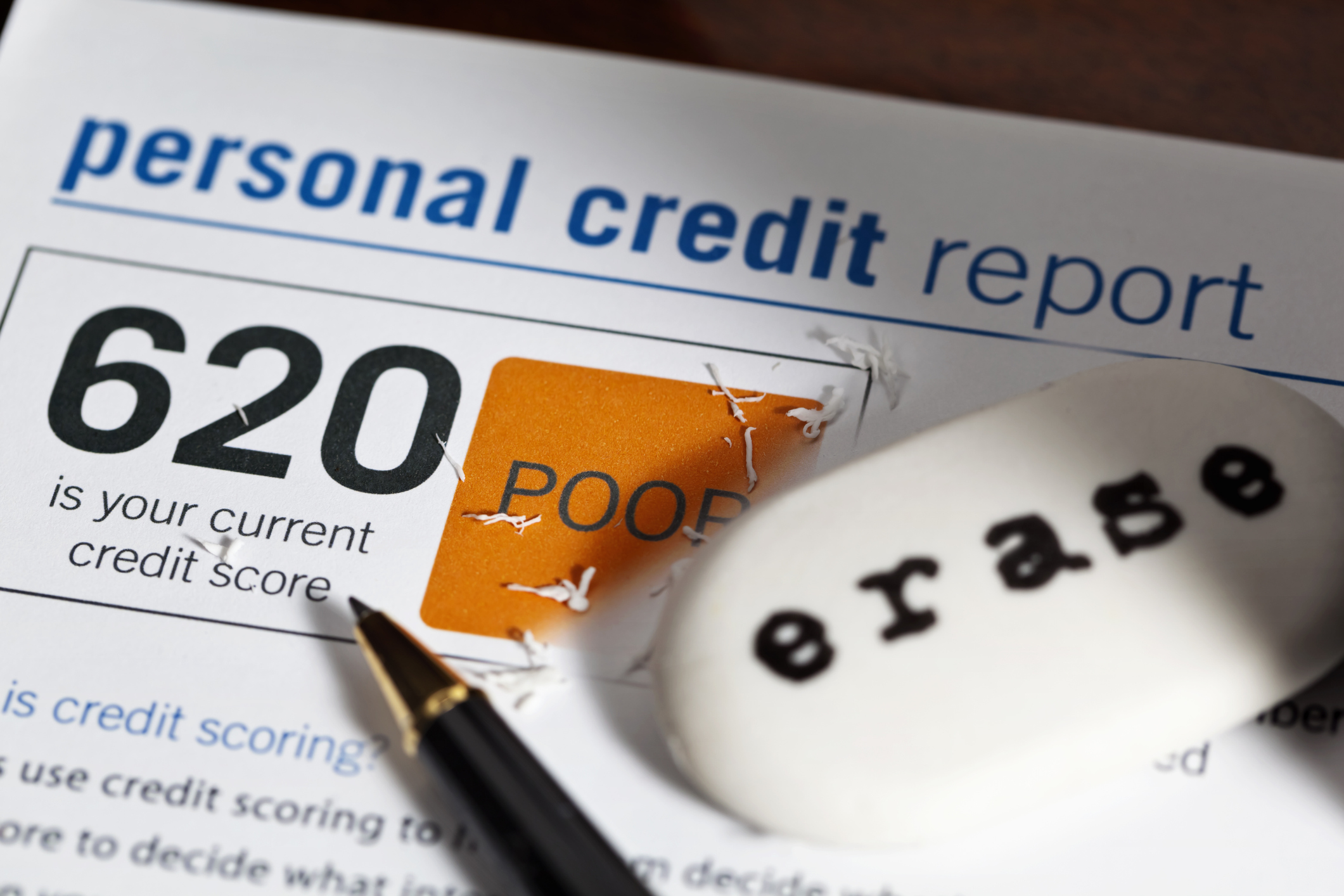
Credit: www.foxbusiness.com
Preventive Measures For Future Credit Health
Maintaining a healthy credit report is vital. It impacts your financial opportunities. By taking preventive measures, you can ensure your future credit health. Focus on creating a budget, understanding credit, and avoiding pitfalls.
Creating A Budget And Sticking To It
Creating a budget helps manage your finances effectively. Follow these steps:
- Track your income: List all sources of income.
- Identify expenses: Categorize your monthly expenses.
- Set limits: Allocate specific amounts for each category.
- Monitor regularly: Review your budget monthly.
Sticking to your budget ensures you spend within your means. This prevents overspending and accumulating debt.
Understanding Your Credit And Avoiding Pitfalls
Understanding your credit report is crucial. Here are key points:
- Check your credit report: Obtain it from authorized agencies.
- Identify errors: Report any inaccuracies immediately.
- Understand credit score factors: Learn what affects your score.
To avoid pitfalls, follow these guidelines:
- Pay bills on time: Late payments hurt your credit score.
- Limit new credit applications: Too many inquiries can lower your score.
- Maintain low credit card balances: High balances impact your credit utilization ratio.
By understanding your credit and avoiding common pitfalls, you can maintain a healthy credit report. This ensures better financial opportunities in the future.
What Are the Top Factors That Can Negatively Impact Your Credit Score?
Missing payments, high credit utilization, and too many hard inquiries are some of the negative credit report factors that can lower your credit score. Additionally, defaulting on loans or having accounts sent to collections can severely damage your creditworthiness, making it harder to secure loans or favorable interest rates in the future.
Frequently Asked Questions
1. What Is A Negative Credit Report?
A negative credit report shows missed payments, defaults, or high debt levels. It lowers your credit score and affects loan approvals.
2. How To Get Negative Credit Reports Removed?
Dispute errors with credit bureaus directly. Provide evidence supporting your claim. Consider negotiating with creditors for removal. Seek professional help if needed. Regularly monitor your credit report for accuracy.
3. How Long Does A Negative Report Stay On Your Credit?
A negative report typically stays on your credit for seven years. Bankruptcy can remain for up to ten years. Regularly check your credit report to track changes.
4. Can A Derogatory Mark Be Removed?
Yes, you can remove a derogatory mark. Dispute errors with credit bureaus or negotiate with creditors for removal.
5. What Is A Negative Credit Report?
A negative credit report shows late payments, defaults, or other financial missteps. It can affect your credit score.
Conclusion
A negative credit report can impact various aspects of life. Regularly monitor your credit and address errors promptly. Taking proactive steps toward improving your credit score is essential. By staying informed and managing finances wisely, you can achieve financial stability and confidence.
Remember, a better credit report is within reach.


